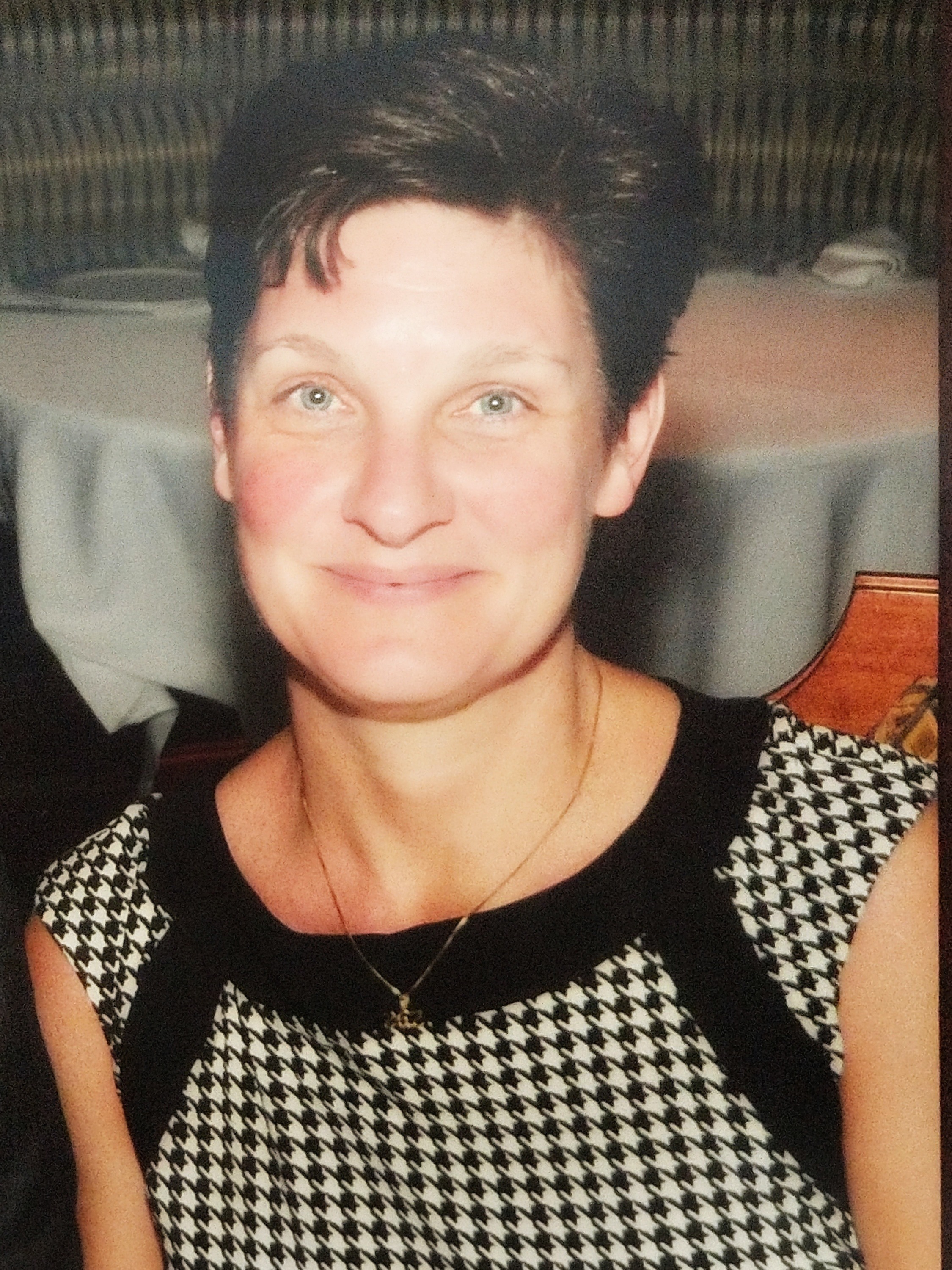Buying a Bike: Size and Fit
- coachsandym

- Jun 28, 2019
- 2 min read
If you are in the market for a new bike and are not sure where to begin you need to start by assessing your riding needs; mountain biking, commuter riding, or racing for example. For the purpose of this article we'll assume you're interested in getting started in or upgrading to multi-sport. Cost: Road bikes are a good quality, inexpensive way to enter the sport by adding tri bars and clipless pedals (if desired) while keeping the price in the $1000 range. If price is no object you can move into a triathlon specific bike spending from $2000 up and over the $15,000 range. The difference between a road bike and a tri bike is geometry which refers to the angle of the seat tube and dictates the aerodynamics of the bike. On a triathlon specific bike the seat post is closer to vertical, allowing your upper body to rest lower, improving aerodynamics. Obviously if you are racing this is a good thing, unless you can't make your body aero then it's irrelevant how aero your bike is. Size: Bike sizing is what is done during the purchase process making sure the bike frame will work with your body size; after all you don't want to look like Bozo the Clown on a circus bike. With women specific bikes readily available, both sexes can be sized based on inseam. Fit: Bike fitting is what happens after your purchase to make you comfortable on your bike. A proper bike fit looks at your body and its flexibility, specifically through the hips as the rider needs to be comfortable for 20 up to 180k depending on the race distance chosen, not to mention all of the miles in training. To be comfortably aero you need to be able to flex at the hips, not round your back over them. Your fit should take joint angles and flexibility as well as segmental limb length into consideration. After observing a rider for a period of time your fitter will adjust cleat placement, saddle fore/aft, saddle height/tilt, stem rise/length need and handlebar position so the end result is optimal comfort. Rather than worrying about precise measurements, when you are fit biomechanically you learn what it feels like to be comfortable and to move your saddle (example) based on how tight you are on that day for that ride to maximize your muscle mechanics. Knee, illiotibital band, shoulder and low back pain are the major complaints of cyclists. With this in mind leg length difference and excessive foot movement should also be assessed along with shoulder flexibility and hip movement. If a body part is keeping you from being comfortable on your bike, it may be more about muscle mechanics then inseam heights in which case a flexibility and functional movement program should be undertaken. To get the most out of your engine your fit should make the bike a continuation of your body and given that your body is dynamic, your fit should be as well.


Comments